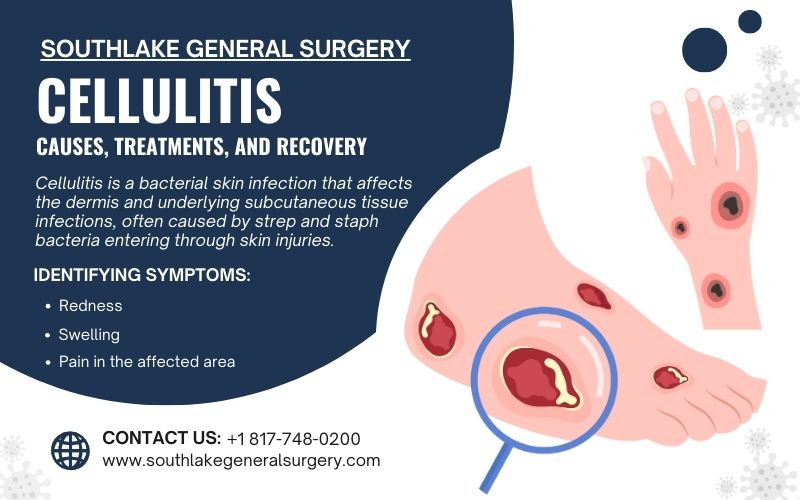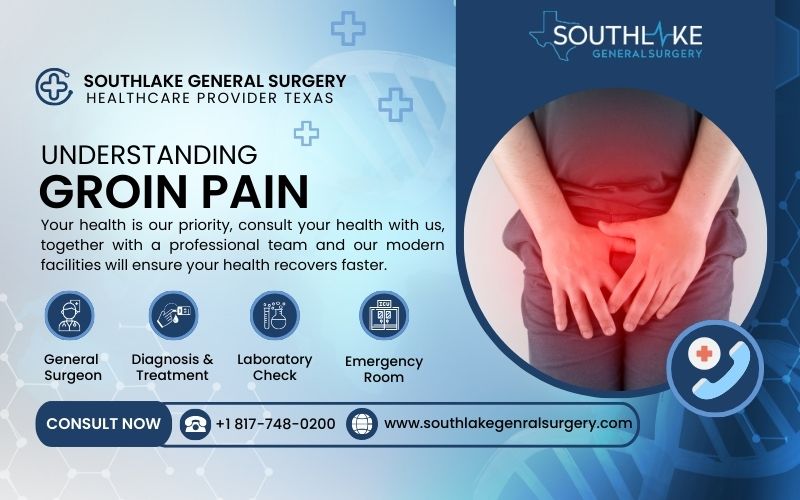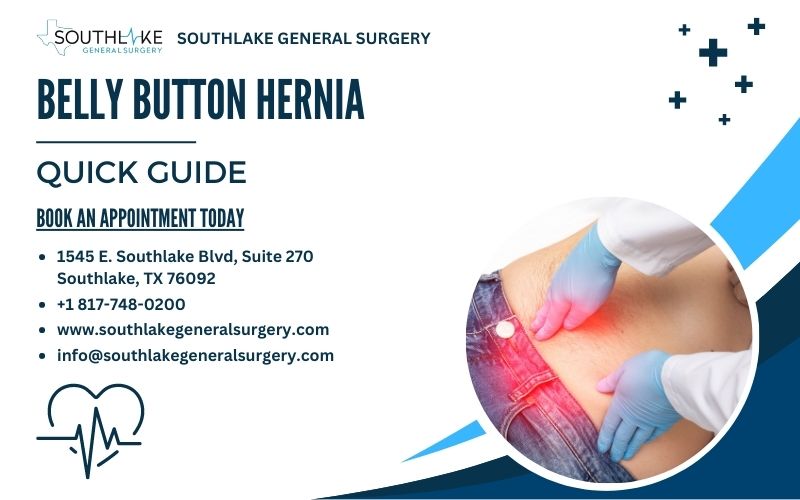A ruptured gallbladder, also known as gallbladder perforation, occurs when there is a tear or hole in the gallbladder wall. This can lead to the leakage of bile, digestive fluids, and sometimes even gallstones into the abdominal cavity.
Read More →
Surgical nutrition plays a crucial role in optimizing patient outcomes and promoting the healing process. As advancements in surgical techniques continue to evolve, so does the understanding of the impact of nutrition on postoperative recovery.
Read More →
Hyperparathyroidism, a condition resulting from an imbalance of blood calcium levels, can significantly impact one’s health and well-being.
Read More →
Graves’ disease is a chronic autoimmune condition that specifically targets the thyroid gland, resulting in its dysfunction. The condition is commonly referred to as Graves’ disease, named in honor of Sir Robert Graves, a distinguished Irish physician who initially documented this medical condition during the early 19th century.
Read More →
After gallbladder surgery, it is important to consume healthy fats to aid in digestion and maintain overall health. It is advisable to consume foods that are high in omega-3 fatty acids, such as salmon, avocados, and walnuts.
Read More →
“Cellulitis” – a word that might sound foreign to many, until a harmless scrape on your leg from a casual walk turns into a red, swollen, and painful nightmare. This is the reality of cellulitis, a common yet potentially dangerous skin infection that doesn’t discriminate by age or health status.
Read More →
Have you ever experienced a sudden, sharp pain in your upper abdomen that left you wondering what’s going on? You could be dealing with acute cholecystitis, an inflammation of the gallbladder that can lead to severe complications if left untreated.
Read More →
Have you ever experienced the discomfort, pain, or embarrassment of hemorrhoids? If so, you’re not alone. Millions of people suffer from this common condition, but many are hesitant to discuss it or seek help.
Read More →
Greetings! Gallbladder surgeons are the key players who can significantly improve your quality of life. In this engaging and insightful blog post, we’ll walk you through the intricacies of gallbladder surgery, discuss the different types of procedures, and guide you on what to look for when choosing a top-notch gallbladder specialist.
Read More →
Treatment for gallstones usually depends on the severity of the symptoms and the overall health of the patient. Gallstones can be a painful and frustrating condition that affects millions of people worldwide.
Read More →
Groin pain can happen to anyone, and it’s essential to understand its causes to seek proper treatment sooner. Imagine going for a run and suddenly feeling a very sharp pain or nagging pain in the groin area, making each step unbearable.
Read More →
An “umbilical hernia”, also referred to as a “belly button hernia”, is a common health condition that has attracted significant attention. Both adults and infants may experience discomfort and worry due to this condition, which is frequently visually identifiable by a protrusion near the navel.
Read More →
Gallbladder surgery is a common procedure, but navigating the recovery process, especially recovering after gallbladder surgery, can be daunting. This comprehensive guide will walk you through the entire journey, from surgery to full recovery, and provide helpful tips and information for each step along the way.
Read More →
Gallbladder surgery recovery can appear challenging as you begin your journey toward healing. You may have questions about the stages of recovery, how your lifestyle will be affected, or the benefits you can anticipate from this procedure.
Read More →
Did you know that about 1 in 500 people have Hypercalcemia? Hypercalcemia, or an abnormally high blood calcium level, is dangerous and needs to be treated immediately.
Read More →
Gallbladder problems can be a source of abdominal pain and gastrointestinal distress. Nevertheless, there are practical methods that you may do to prevent these disorders and keep a healthy gallbladder in your body. In this article, we will examine useful tips for preventing gallbladder problems.
Read More →
















